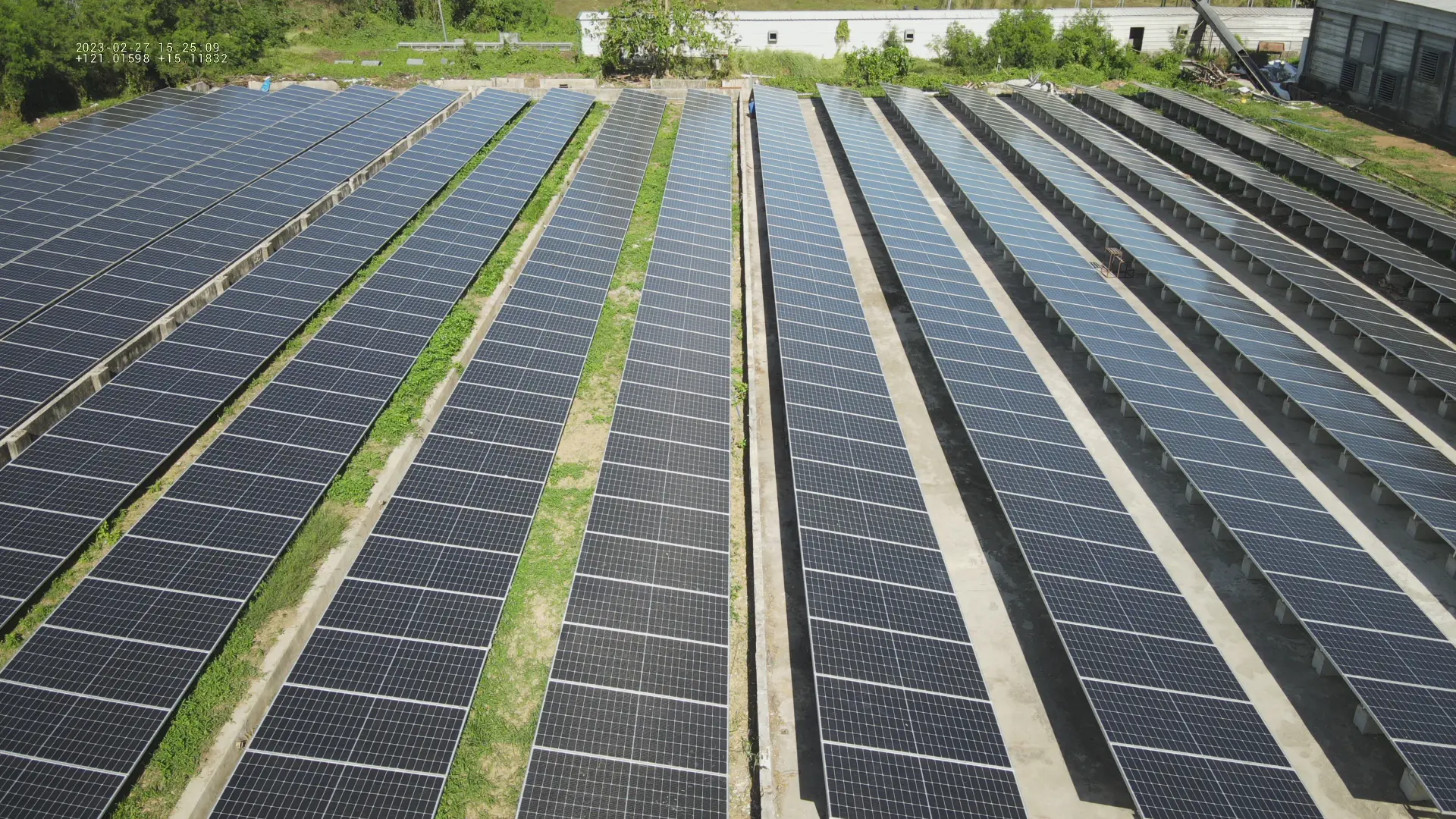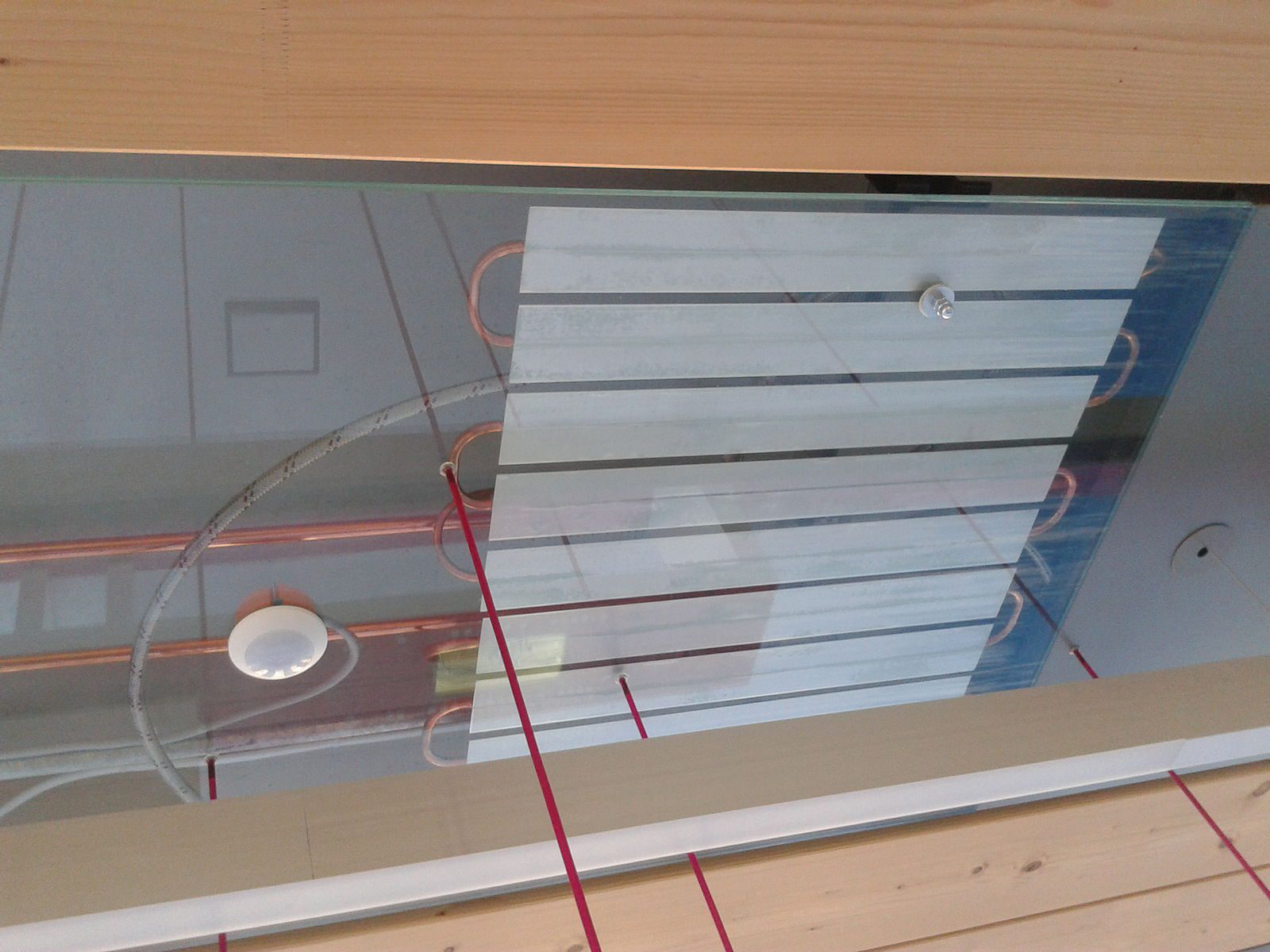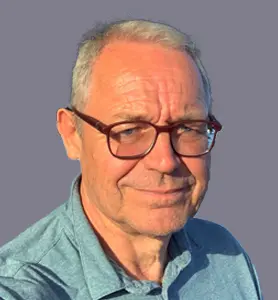
In a world increasingly focused on sustainability and environmental responsibility, businesses have a vital role to play in reducing their carbon footprint. One significant way to achieve this is by adopting green heating and cooling solutions. These innovative systems not only contribute to a healthier planet but can also result in substantial cost savings over time. In this ultimate guide, we’ll explore the various options and strategies available to businesses looking to embrace green heating and cooling.
Understanding the Importance of Green Heating and Cooling
Before delving into the specifics, it’s essential to understand why green heating and cooling matter for businesses. Here are some compelling reasons:
1. Environmental Responsibility
Green heating and cooling systems produce fewer greenhouse gas emissions, helping to combat climate change and reduce air pollution.
2. Cost Savings
While the initial investment may be higher, green systems often lead to lower operating costs due to increased energy efficiency and reduced reliance on fossil fuels.
However, BECIS, requiring no initial capital expenditure, stands out as the prime choice for sustainable solutions. BECIS delivers immediate cost savings, aligns with environmental goals, and boosts an organization’s eco-conscious reputation.
3. Enhanced Reputation
Businesses committed to sustainability and environmental stewardship, with a significant portion of their energy mix dedicated to cooling and heating (ranging from 20-60%), and adhering to international standards and certifications such as the Net-Zero standard, often enjoy a positive public image. This reputation can attract environmentally conscious customers and partners.
4. Regulatory Compliance
Governments worldwide are implementing stricter environmental regulations. Adopting green heating and cooling can help businesses comply with these requirements.
5. Improved Indoor Air Quality
Many green systems also offer better control over indoor air quality, creating a healthier and more comfortable workspace for employees.

Exploring Green Heating and Cooling Options
Now that we understand the “why,” let’s explore the “how.”. There are several green heating and cooling options available for businesses, each with its unique advantages. Here are the top choices:
1. Geothermal Heating and Cooling Systems
How it works: Geothermal systems harness the Earth’s stable temperature beneath the surface to regulate a building’s temperature. They employ heat pumps to transfer heat between the building and the ground.
Benefits: Geothermal systems are renowned for their exceptional energy efficiency, resulting in lower operating costs over time. They also require minimal maintenance, reducing the burden on businesses.
Considerations: While geothermal systems boast long-term savings, the initial installation costs can be relatively high. The efficiency of these systems depends on the geological characteristics of the location, making site assessment critical.
2. Passive Solar Design
How it works: Passive solar design optimizes a building’s layout, windows, and insulation to harness and store solar heat during colder months while minimizing heat gain in warmer seasons.
Benefits: Passive solar design is a cost-effective approach that reduces reliance on mechanical heating and cooling systems. It enhances occupant comfort and can significantly decrease energy consumption.
Considerations: Implementing passive solar design requires meticulous planning, including the orientation of the building and the choice of materials. It may not be suitable for all building types.
3. Active Solar Heating and Cooling Systems
How it works: Active solar systems utilize solar panels or collectors to capture sunlight, which is then converted into electricity to power heating and cooling systems.
Benefits: Active solar systems harness renewable energy, offering potential long-term cost savings and reducing the environmental impact of a business’s energy consumption.
Considerations: Initial costs can be substantial, and the efficiency of these systems is contingent on factors like location and climate.
4. Biomass Heating Systems
How it works: Biomass systems utilize the combustion of organic materials such as wood or agricultural residues to generate heat.
Benefits: Biomass systems are powered by renewable, sustainable resources, emitting fewer greenhouse gases compared to fossil fuels. They contribute to reduced carbon emissions.
Considerations: Businesses must ensure a reliable supply of biomass fuel and establish proper storage logistics.
5. Hydronic Heating Systems
How it works: Hydronic systems employ hot water or steam to provide heating, often fueled by renewable energy sources.
Benefits: Hydronic heating is versatile, efficient, and suitable for both heating and cooling applications. It provides consistent and comfortable temperature control.
Considerations: Installation can be complex, and retrofitting existing buildings may pose challenges.

6. Ice-Powered Air Conditioners
How it works: Ice-powered systems produce ice during off-peak hours and use it to cool air during peak periods, reducing electricity consumption.
Benefits: These systems offer significant energy savings during peak demand times, contributing to cost reduction and environmental benefits.
Considerations: Sufficient space for ice storage and careful scheduling are necessary for optimal performance.
7. Absorption Cooling Systems
How it works: Absorption chillers utilize heat to drive a cooling process, often powered by solar or geothermal energy.
Benefits: Absorption cooling systems are energy-efficient and eco-friendly, as they do not use harmful refrigerants, contributing to a greener operation.
Considerations: Initial costs can be high, and the availability of the heat source is essential for consistent operation.
8. Biodiesel Heating Systems
How it works: Biodiesel, derived from renewable sources, can replace traditional heating oil in existing systems.
Benefits: Biodiesel heating is a cleaner-burning alternative, promoting sustainability and reducing greenhouse gas emissions.
Considerations: Businesses must ensure a stable supply of biodiesel fuel and compatibility with their existing heating systems.
9. Green Coal (Carbon Capture and Utilization)
How it works: Innovative technology captures carbon emissions from coal combustion and repurposes them for various applications.
Benefits: Green coal technology helps reduce greenhouse gas emissions and extends the lifespan of existing coal-fired heating systems, promoting a transition to greener options.
Considerations: Complex implementation and cost-effectiveness based on location.
10. Biogas
How it works: Biogas is produced from organic waste through anaerobic digestion and can replace natural gas as fuel for boilers, used to produce steam, or to generate electricity in a gas engine.
Benefits: Biogas is a cleaner-burning alternative, promoting sustainability and reducing greenhouse gas emissions.
Considerations: Businesses must ensure a stable supply of organic waste, and the required space for the biogas plant may pose a challenge.
By exploring these green heating and cooling options, businesses can make informed decisions that align with their sustainability goals and operational needs. Each system offers unique benefits and considerations, allowing businesses to choose the most suitable and eco-friendly solution for their specific circumstances.

Factors to Consider When Choosing Green Systems
Selecting the right green heating and cooling system for your business is a crucial decision that should align with your sustainability goals and operational needs. To make an informed choice, it’s essential to carefully consider several key factors:
1. Location and Climate Suitability
The local climate and environmental conditions play a significant role in determining the effectiveness of green heating and cooling systems. Consider the following:
Climate: Assess the temperature variations, humidity levels, and seasonal changes in your region. This evaluation will help you choose a system that can efficiently handle local climate conditions.
Geological Characteristics: For geothermal systems, it’s vital to understand the geological characteristics of your location. Some areas may be more conducive to geothermal heating and cooling than others, impacting system efficiency.
2. Budget and Cost Analysis
Budget considerations are essential when planning to implement green heating and cooling solutions. Evaluate both the upfront installation costs and the long-term operational expenses:
Thanks to our CaaS (Capital as a Service) model, we assist customers in implementing these solutions without any upfront capital expenditure (CAPEX) or ongoing operational expenses (OPEX). BECIS will conduct a baseline assessment and provide a guarantee of efficiency and savings from the very first year of implementation.
Initial Investment: Calculate the initial capital required for system installation. Keep in mind that some systems, like geothermal or solar, may have higher upfront costs but lower long-term operational expenses.
Operating Costs: Estimate the ongoing operational costs, including maintenance, repairs, and energy consumption. Green systems often offer cost savings in the long run due to reduced energy usage.
Return on Investment (ROI): Analyze the ROI period for your chosen system. Consider how long it will take for the energy savings to offset the initial investment.
3. Building Type and Design
The design and layout of your building can influence the choice of green heating and cooling systems:
Building Size and Layout: Consider the size, shape, and layout of your facility. Some systems, like passive solar or biomass heating, may be better suited for specific building designs.
Retrofitting Requirements: Determine if your building requires any modifications or retrofitting to accommodate the chosen system. Retrofitting can impact costs and project timelines.
4. Sustainability Goals and Environmental Impact
Clearly define your sustainability objectives and assess how each green system aligns with your goals:
Environmental Impact: Evaluate the overall environmental impact of each system, including its carbon footprint, emissions reduction potential, and resource utilization.
Renewable Energy Integration: Consider systems that utilize renewable energy sources, such as solar, biomass, or geothermal, to align with your sustainability goals.
5. Maintenance Requirements and Ongoing Support
Examine the maintenance needs and ongoing support for your chosen system:
Maintenance Schedule: Understand the maintenance requirements for each system. Some systems may require regular inspections and upkeep, while others may have lower maintenance demands.
Supplier and Service Availability: Ensure that there are reputable suppliers and service providers for the selected system in your area. Availability of support can impact system reliability.
6. Regulatory Compliance and Incentives
Compliance with local environmental regulations and incentives can influence your system choice:
Regulatory Compliance: Ensure that your selected system complies with local environmental laws and regulations. Failure to do so could result in penalties and legal issues.
Incentives and Rebates: Research available incentives, grants, and rebates for adopting green heating and cooling systems. These incentives can significantly offset initial costs.
Conclusion
Embracing green heating and cooling solutions is not just an environmental responsibility but also a wise business decision. By reducing energy consumption, minimizing greenhouse gas emissions, and enhancing operational efficiency, businesses can contribute to a sustainable future while reaping the benefits of lower financial costs and a positive public image. When considering green systems, it’s crucial to assess your specific needs, budget, and location to make an informed choice that aligns with your business’s goals and values. Ultimately, investing in green heating and cooling is an investment in a cleaner, more sustainable future for both your business and the planet.
BECIS is a sustainable energy solutions provider, partnering with experienced providers of Energy as a Service (EaaS) solutions. We offer a range of services, including solar energy, bioenergy, cooling, waste heat recovery, and energy analytics. Our tailored solutions help companies achieve their renewable energy goals, contributing to a cleaner and resilient energy system. Contact us today to learn more about our services.





























Recent Comments